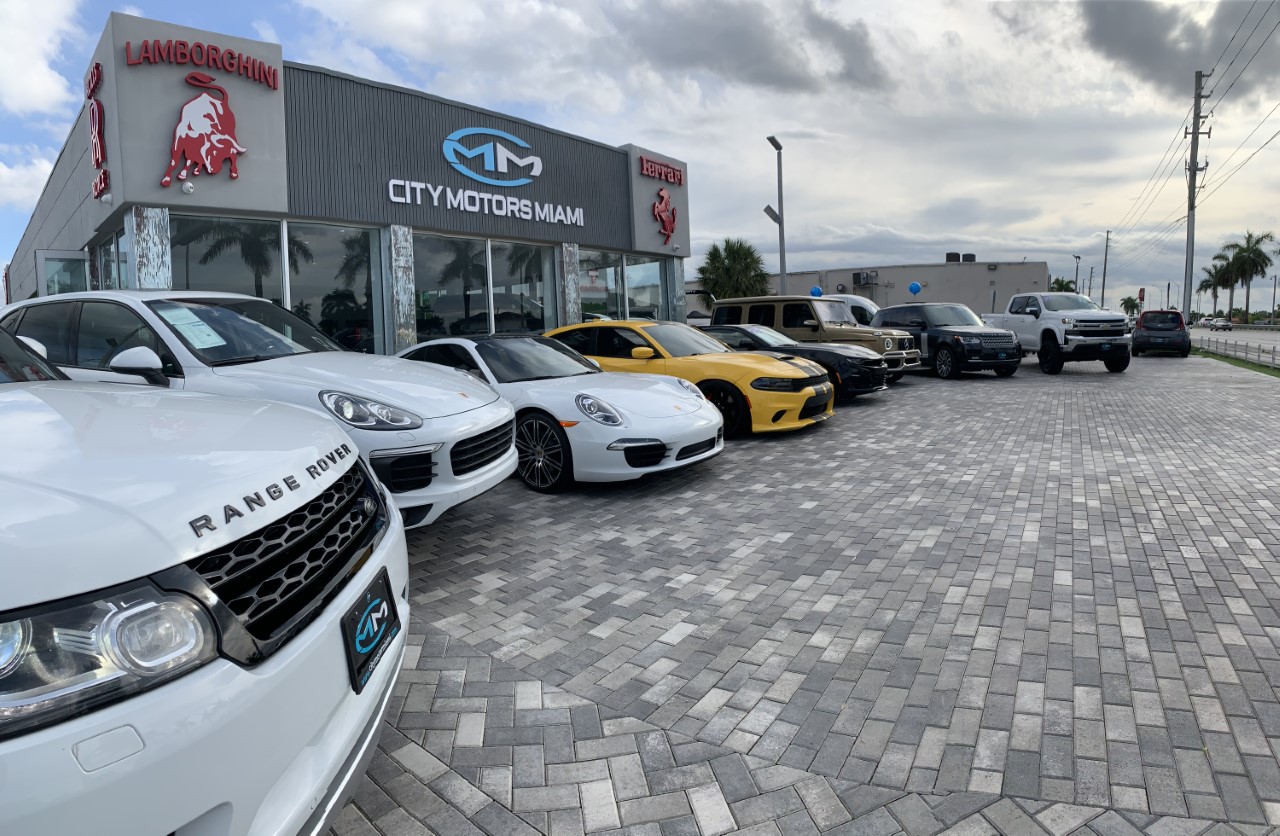The other day, I was talking with an acquaintance. He is working on his Management in Engineering Degree amongst other things. After talking with him briefly about the mobile oil change business, it occurred to me that maybe someone needs to create an Oil Change Robot system to change oil in car fleets such as rent-a-cars, truck fleets, GSA car lots, and US Military vehicles to save money on training, logistical costs, and Army, Navy, Marine, and Air Force mechanics. Okay so, let’s talk, I mean is this even possible?
Why sure it is, in fact one oil company has already designed a robotic re-fueling system, so you can just pull up to the pump, and the system opens the little door, unscrews the gas cap, aligns it’s arm, puts in the nozzle and then pumps. When completed, it removes the nozzle, screws back on the gas cap, and gently closes the door, and you are done. Today, you would just hold up your iPhone and wave it over the payment system, and you are paid, fueled, and basically good to go right? Sure, why not.
Indeed, out think tank was discussing this the other day, as such a system could be used to refuel robotic drones, meaning no people would be needed for the flight-line in some foreign country to refuel, or tie down the aircraft, robotic systems would do all the work. Too far-fetched you say, baloney, even Google has a self-driving robotic car now. Yes, it did get into an accident, but guess what? It was the other cars fault – the one driven by a human!
You may think this is silly for a mobile oil change rig, but I think it’s beautiful and having been in the car washing business, I can tell you that it’s mostly robotic using robotic sensors such as sonar, electronic eyes, optical flow sensors, and infrared systems in a few cases. In the case of a fleet of vehicles, it’s simple, all the vehicles are unlocked, and everything is in the same place, the oil change robot can just drive along and do the vehicles without human labor, no more worries about health-care costs, pensions, workmen’s comp, training, scheduling, human resources, work place injuries, strikes, or shortages of qualified technicians you see?
The original systems might be costly at first, but the number of companies, agencies, militaries, and fleet owners that would buy them could generate significant advantages in economies of scale to mass produce these systems. So, why not I ask? Please consider all this.




More Stories
Take Time to Declutter Your Life
Eight Things Your Car Dreams May Be Trying To Show You
Understanding Artificial Intelligence, Machine Learning and Deep Learning